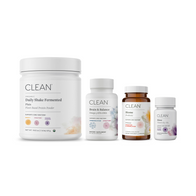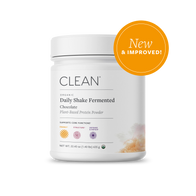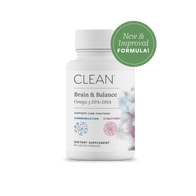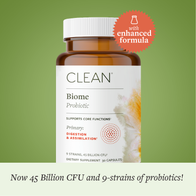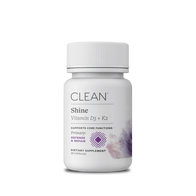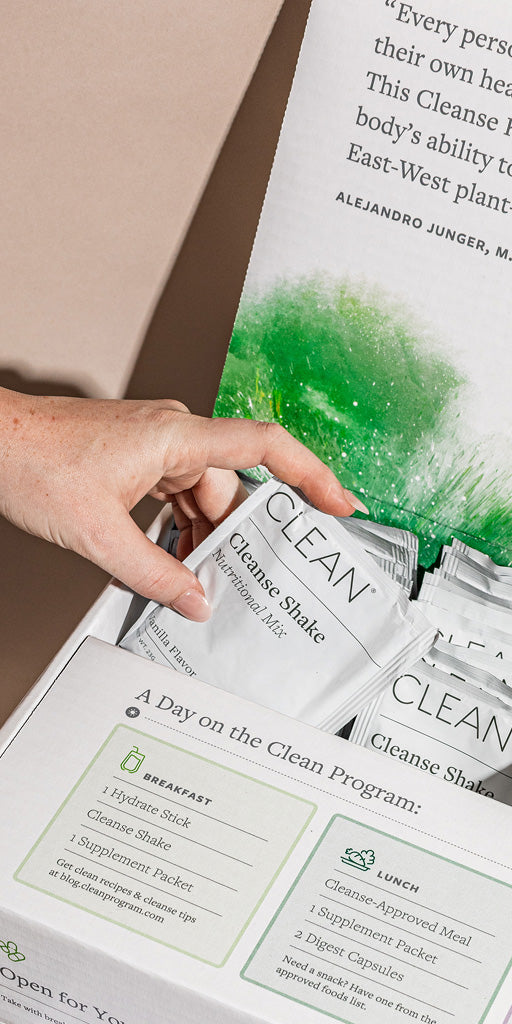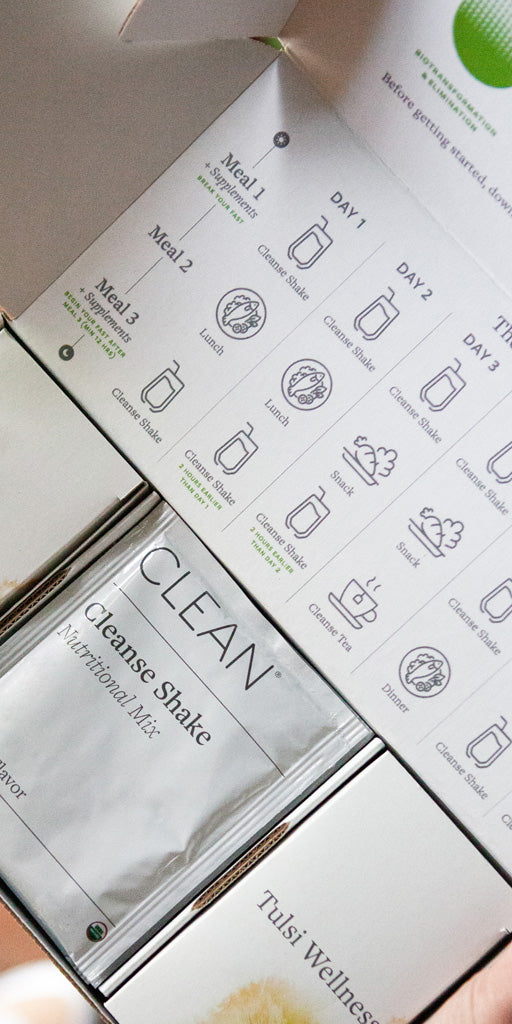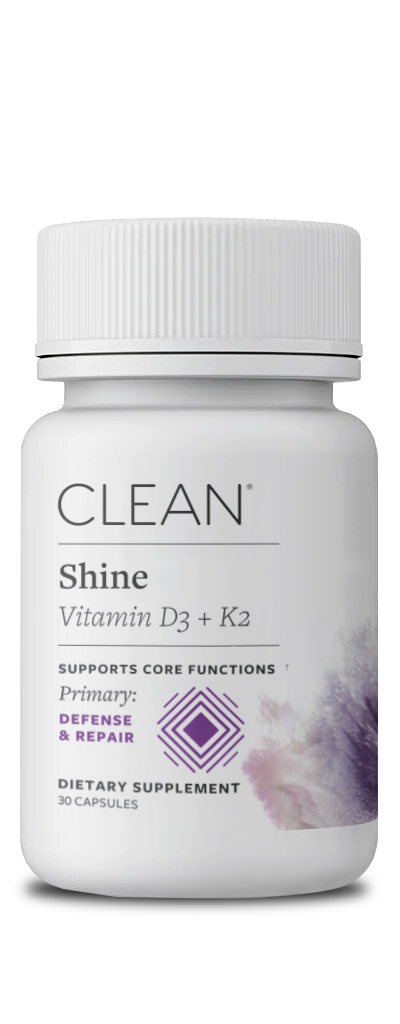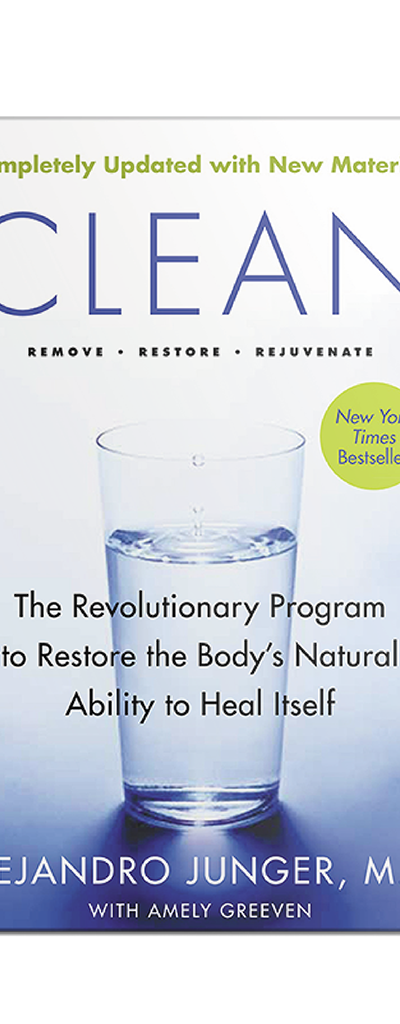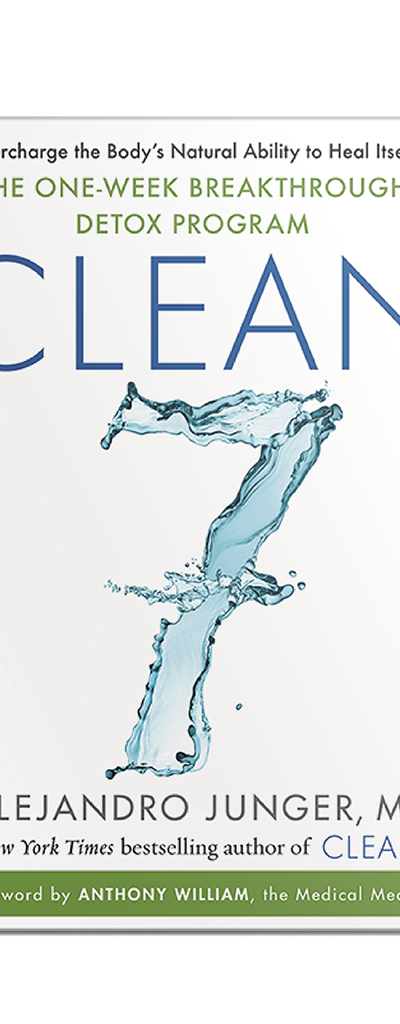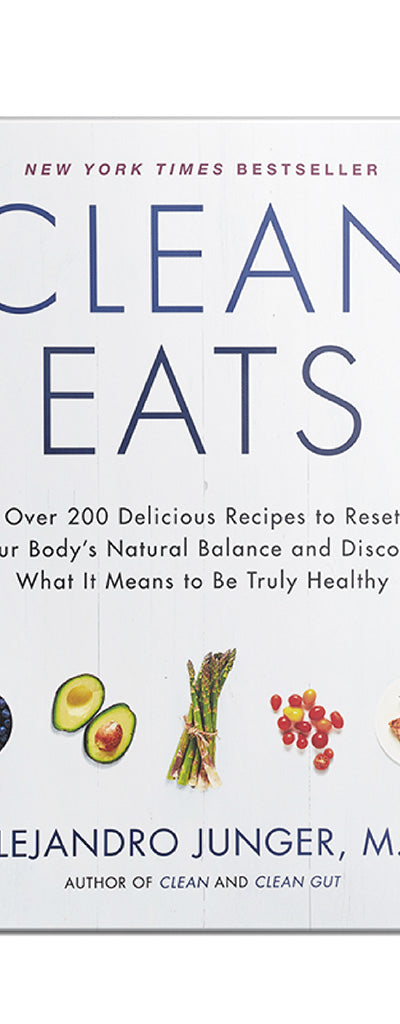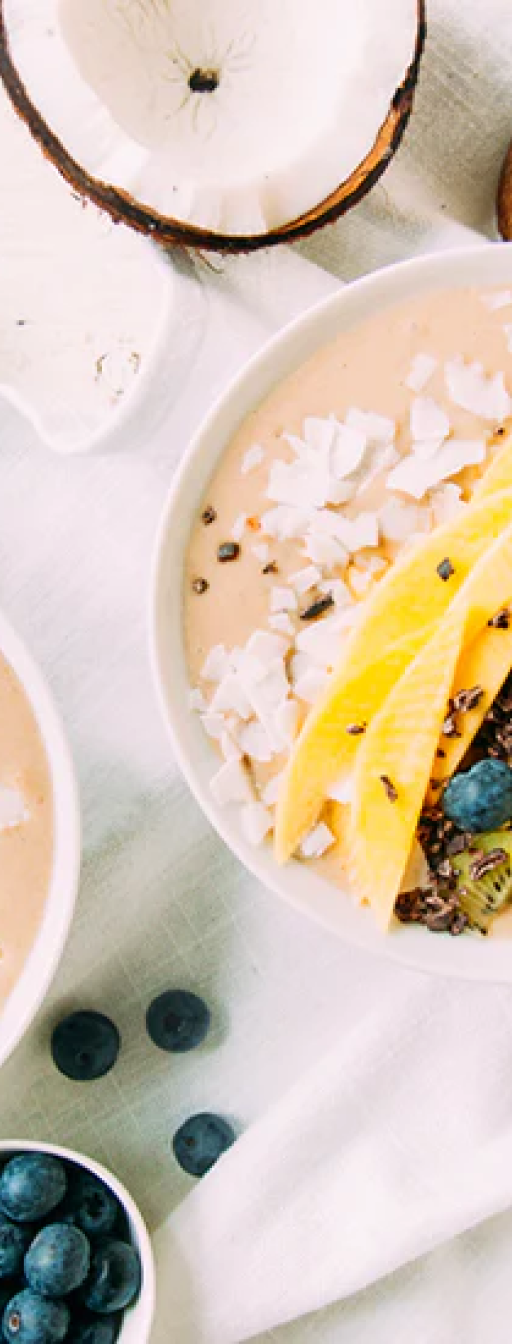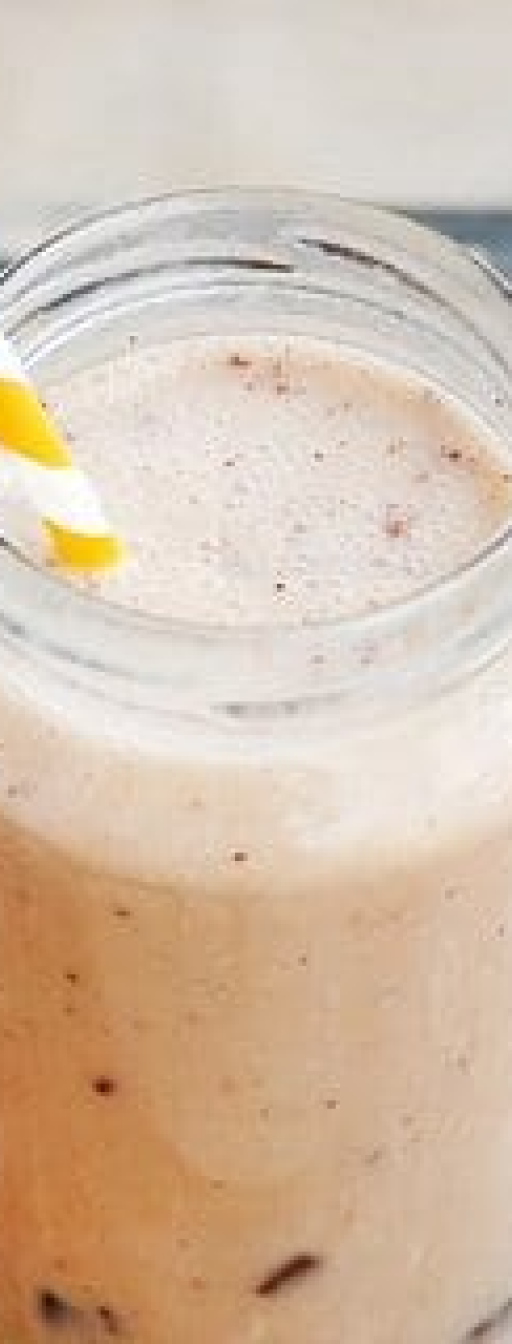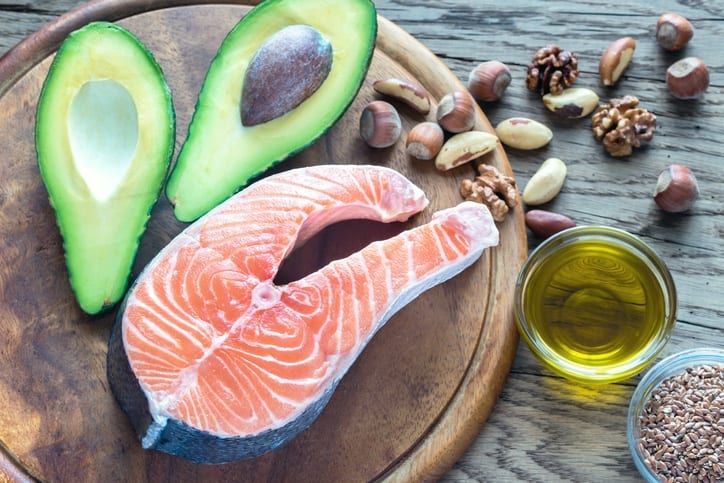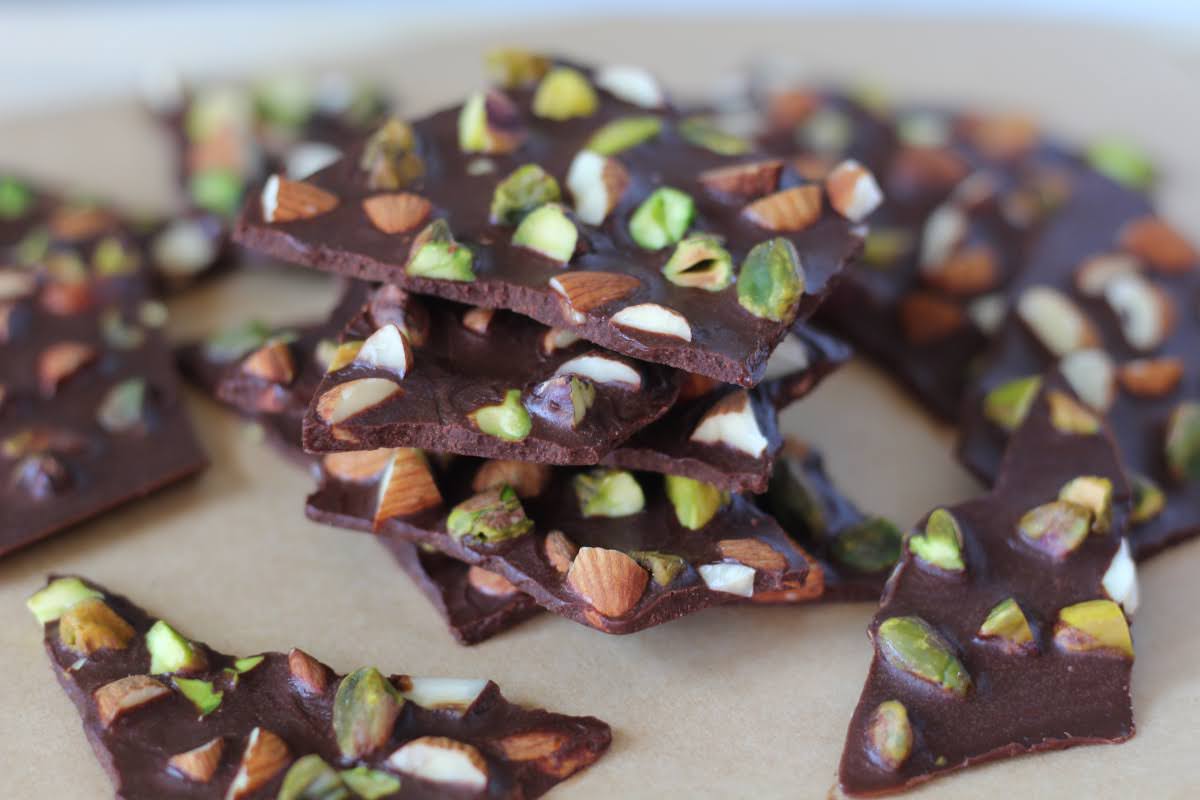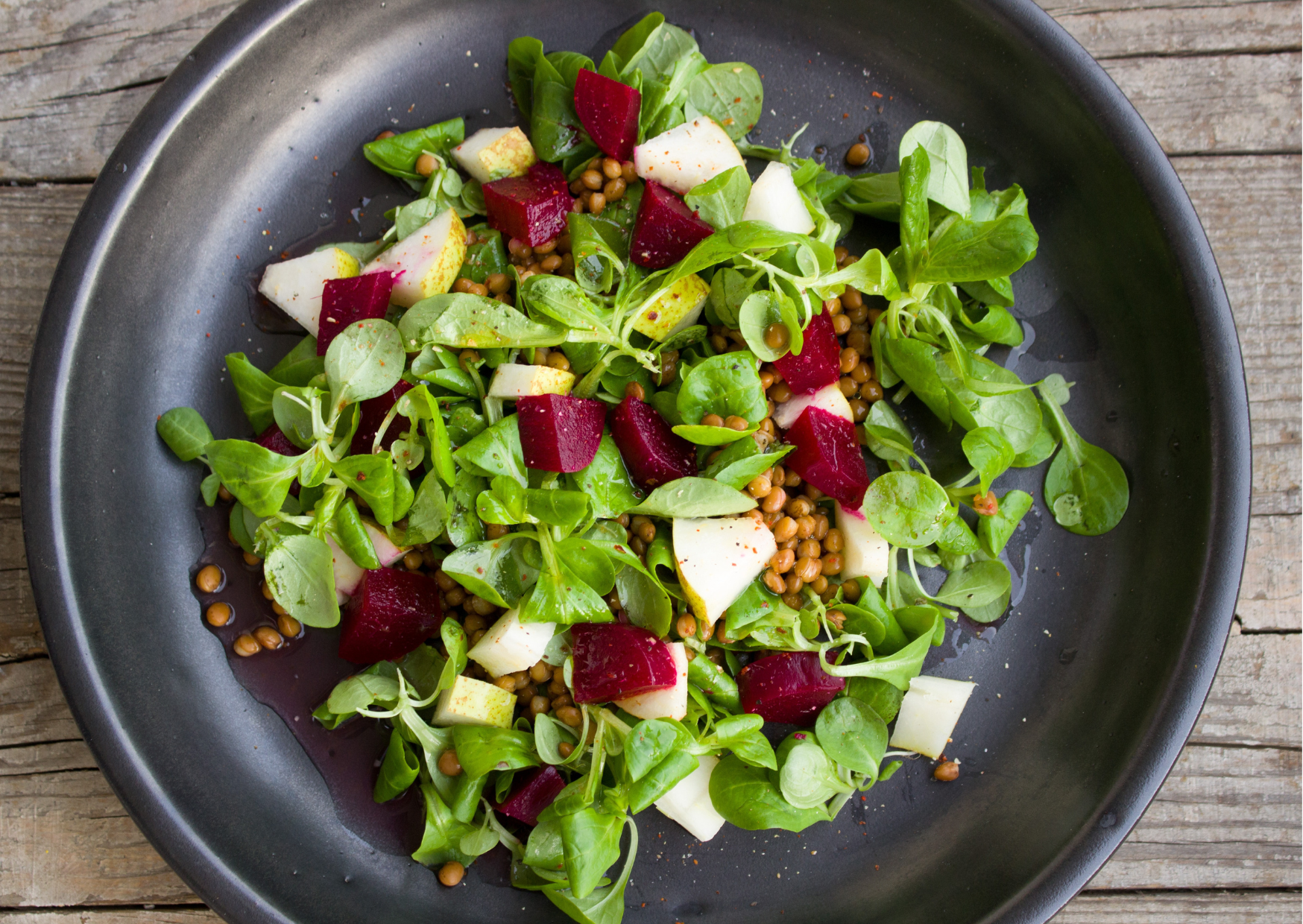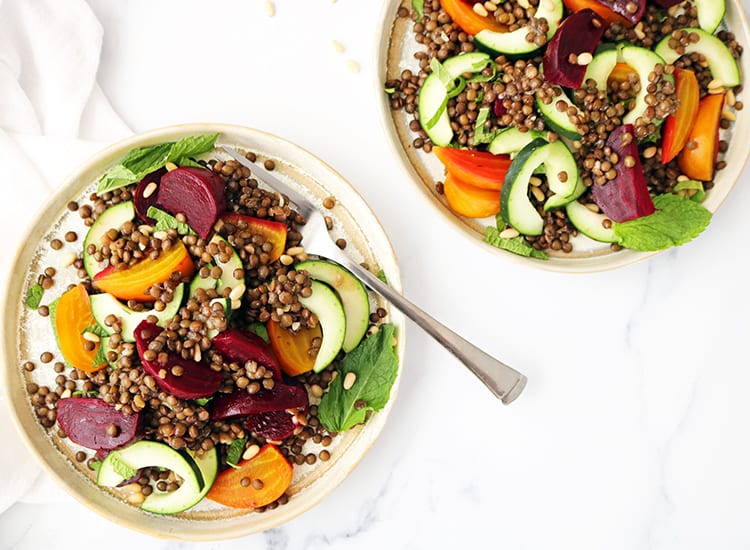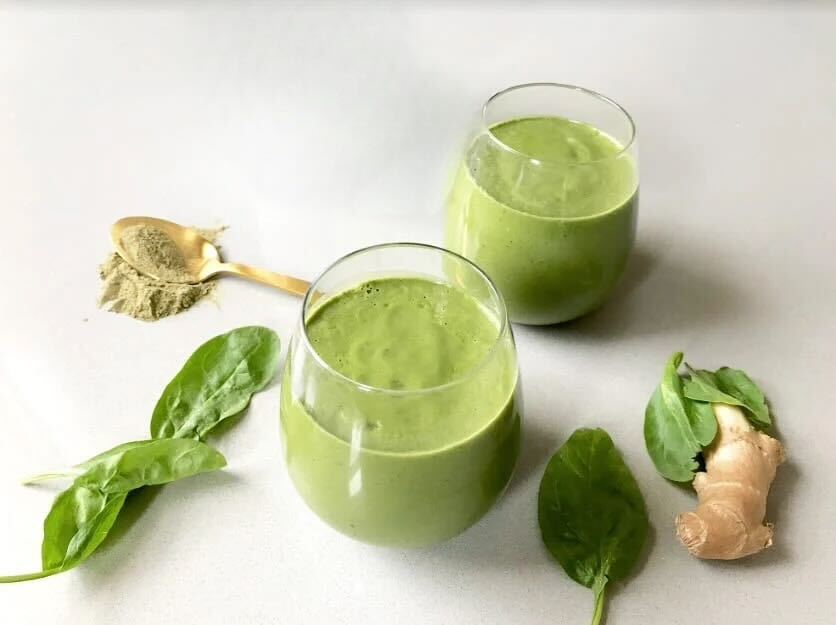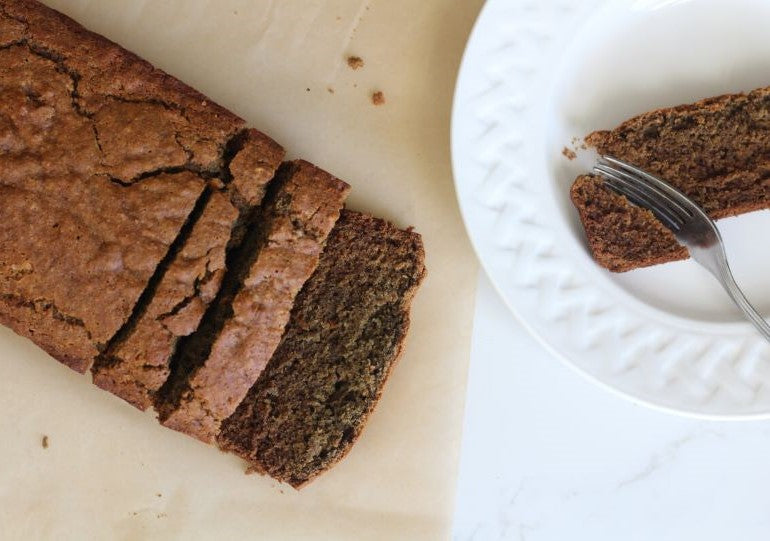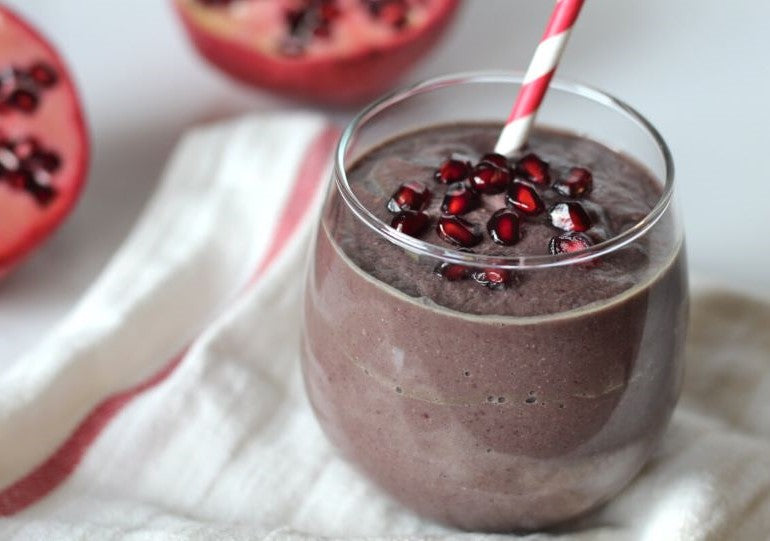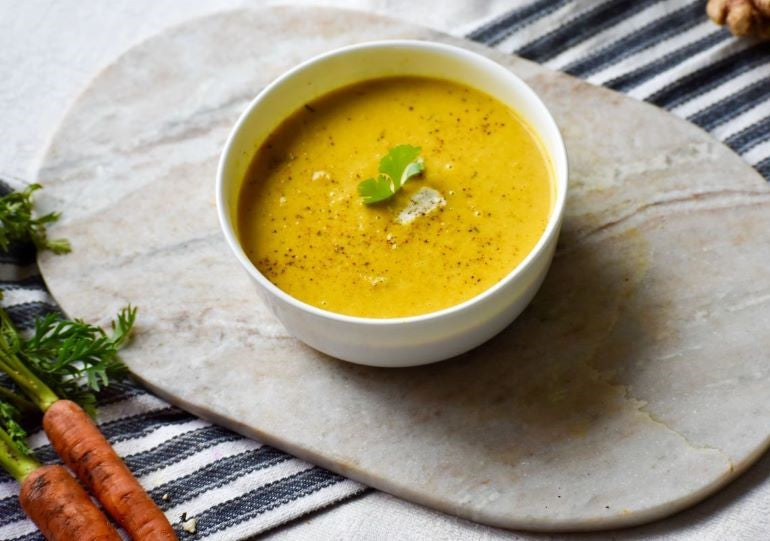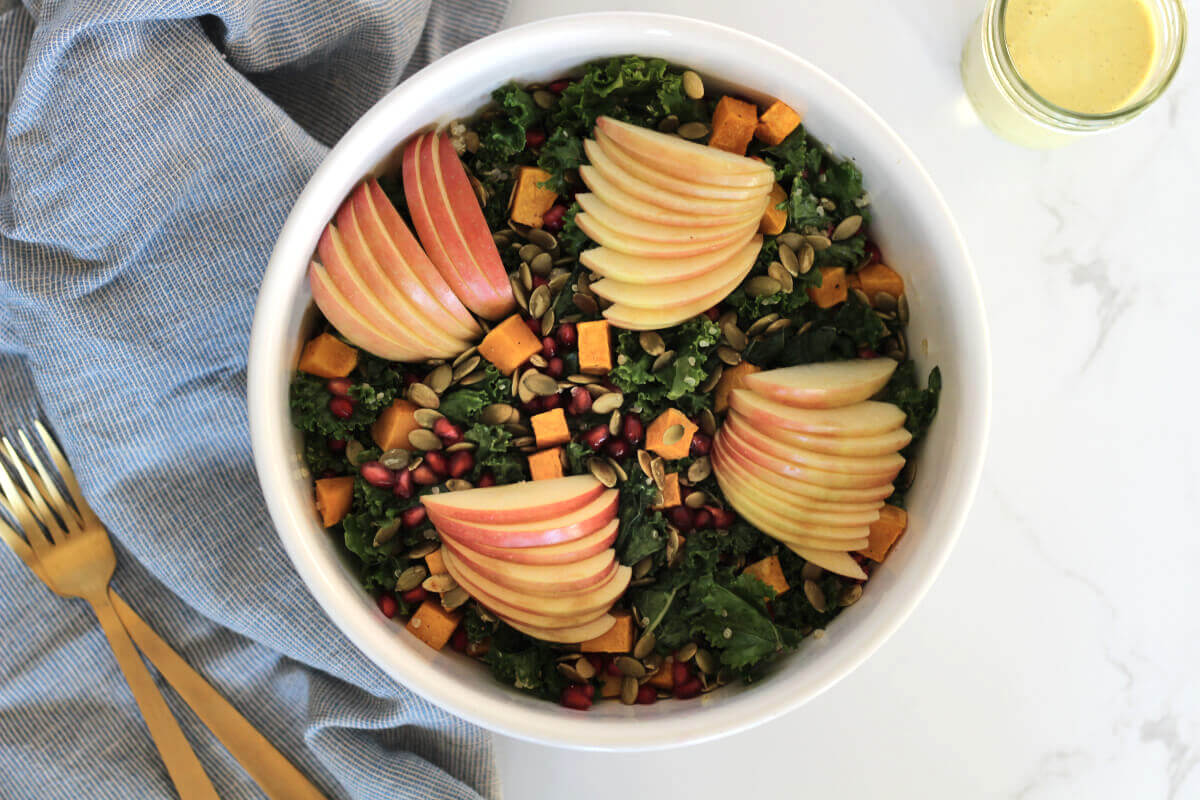 The keto diet has been making headlines everywhere lately. As we mentioned in our previous article, ketosis is a natural metabolic state our bodies initiate to help us survive when food is scarce. During ketosis, the body is forced to burn stored fat for fuel rather than carbohydrates. This has been said to boost weight loss, fight neurological disorders, reduce the risk for type 2 diabetes and provide consistent energy.
The keto diet has been making headlines everywhere lately. As we mentioned in our previous article, ketosis is a natural metabolic state our bodies initiate to help us survive when food is scarce. During ketosis, the body is forced to burn stored fat for fuel rather than carbohydrates. This has been said to boost weight loss, fight neurological disorders, reduce the risk for type 2 diabetes and provide consistent energy.
Can You Combine Keto Diet + Clean Diet?
The short answer is, yes! You can totally modify the 21-Day Clean Program to fit your individual goals and needs. The Clean Program and the ketogenic diet share the foundation of focusing on whole foods, vegetables, healthy fats and high-quality protein sources, while eliminating most processed foods. To follow the ketogenic diet, one would consume 60 to 75 percent of calories from fat, 15 to 30 percent of calories from protein, and 5 to 10 percent of calories from carbohydrates.
In order to adjust the Clean Program to fit the keto diet guidelines, follow these rules:
- Drastically minimize and/or omit fruit
- Increase healthy fats – add to every meal, and more than your normally would
- Stick to non-starchy veggies
- Stay away from all sweeteners, even Clean-approved sweeteners – dates, coconut sugar, etc.
- Be mindful of how much protein you are consuming – we want more fat than protein
- Avoid grains, beans and legumes
Add some of these healthy fats to every meal:
- Organic extra-virgin olive oil
- Organic virgin coconut oil
- Macadamia nut oil
- Avocado oil
- Avocados
- Olives
-
Nuts/seeds/nut butters – important note here: these are a wonderful source of healthy fats, however they do contain carbohydrates, so it is best to minimize these while following a ketogenic diet
Greens + non-starchy vegetables:
- Kale, spinach, chard, collard greens, romaine, arugula, etc.
- Cruciferous veggies: broccoli, cauliflower, brussels sprouts, etc.
- Zucchini
- Celery
- Onions, garlic, leeks, shallots, etc.
High-quality animal protein:
- Wild-caught low-mercury fish – salmon, cod, etc.
- Organic, pasture-raised chicken
- Free-range turkey and duck
- Grass-fed buffalo
- Sardines
*It is possible to be a vegan or vegetarian on the ketogenic diet, however it will be more difficult.
Difficulties + Overall Analysis
As noted above, there are some amazing health benefits to trying a ketogenic diet – whether your goal is improving brain health or weight loss. However, it does come with some challenges. The ketogenic diet can be quite restrictive. As we know, fruits, starchy vegetables, gluten-free grains and legumes can be a part of a healthy diet when used in a balanced way.
The ketogenic diet can absolutely be used therapeutically. If we are being honest here, upkeeping this way of eating when life throws us curve balls, or we go on an amazing vacation, can be difficult. Just as you wouldn’t live your entire life on the Clean Program, you may not want to live your entire life on a ketogenic diet either, unless of course for medical reasons.
In addition, it always seems to come back to the fact that every body is unique and responds differently, which is truly the foundation of the Clean Program. Try the two together, and see how it feels. Then take what you learn, and develop your own sustainable healthy balanced diet.
Written by Hannah Aylward
If you enjoyed this article, you might also like Are There Benefits to a No-Sugar Diet Plan?













